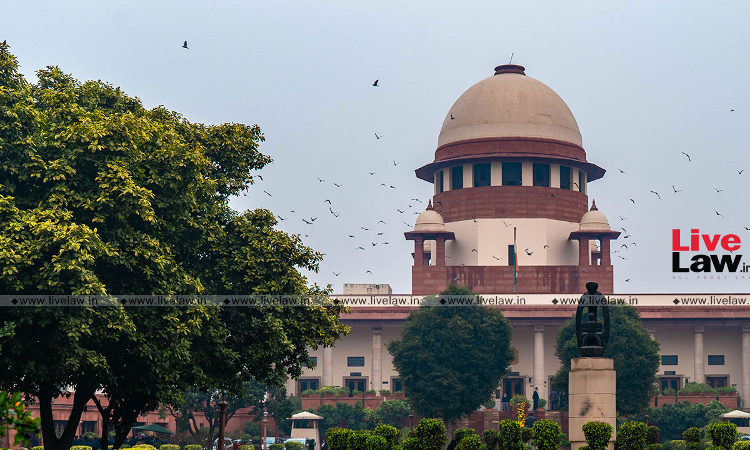Forest Department Cannot Itself Impose Damages Invoking Section 33 Wildlife Protection Act: Supreme Court
LIVELAW NEWS NETWORK
24 July 2022 7:27 PM IST

Next Story
24 July 2022 7:27 PM IST
The Supreme Court observed that a forest department cannot impose damages under Section 33 of the Wild Life (Protection) Act, 1972.For that the authority has to initiate appropriate proceedings before the appropriate court/forum to determine/ascertain the damages, the bench comprising Justices MR Shah and BV Nagarathna observed.In this case, the Forest Department alleged that an...
